Types of Rodents
Rodents make up the single largest group of mammals. Within the species diversity, all rodents have a single pair of incisors that continuously grow. To manage the incisors’ growth, rodents constantly gnaw. If you have a rodent infestation, the rats, mice, or squirrels will gnaw on your home. Property damage isn’t the only problem with a rodent infestation. Worldwide, rats and mice spread 35 different diseases.
Raleigh might be one of the rattiest cities in the U.S., but the Triangle has several pest rodents that can cause havoc in your house.
Rodents Types in the Triange
Norway Rat
Norway rats (common brown rats) are not as good of climbers as roof rats. You will likely find them in crawlspaces, basements, garages, and wall cavities. The adaptive foragers eat almost anything.
Roof Rat
They are called “roof rats,” because they are great climbers and may use your roof to get in your attic. They won’t stay in your attic. They will travel all over lower-level floors, and roof rats in attics tend to spend their days between floors, in utility spaces, and above false ceilings.
Mice
The house mouse is most common species in Raleigh-Durham. House mice are slender. They are around four inches long and weigh less than half an ounce. They can enter your home through the smallest holes, of less than a quarter inch, by compressing their body and squeezing through.
Other mice species include the white-footed deer mouse, the golden mouse, eastern deer mouse, and cotton mouse. Regardless of the species, these rodents damage your home and should be trapped and removed.
Eastern Grey Squirrel
The most common rodent anywhere in North Carolina is generally going to be the gray squirrel. You can see them practically anywhere in the Triangle in your backyard, along the American Tobacco Trail, and scampering across the Oak Grove in Moore Square.
Because they are so common, homeowners aren’t too bothered by seeing them. But they can cause problems when they get into your home. Squirrels can have two litters a year, and they look for shelter to build a nest. Your attic has ideal conditions for a squirrel nest.
Chipmunks
Chipmunks are a small species of ground squirrel. These brown rodents only grow up to five or six inches long and weigh about three ounces. Generally, the greatest nuisance these critters cause are holes in your yard and occasional eating from your garden.
Voles
Often called field mice or meadow mice, voles live in grassy areas and dig expansive tunnel networks. Voles are usually dark brown to black in color and have coarse pelts. Their undersides are typically gray or white. Both males and females are approximately the same size and color. The tail of the vole is covered in fur and noticeably shorter than the rest of the body. They can become a nuisance when they tear up a yard that the owners intend to maintain. A single female vole can birth over 100 young per year.
Groundhogs
Groundhogs (or woodchucks) are native to North Carolina and found throughout the state. Stocky in stature, groundhogs have flat heads, rounded noses, short legs, diminutive ears, and, like squirrels, bushy tails. Including the tail, woodchucks reach lengths of up to 2 feet and weigh as much as 15 pounds. Fur color ranges from yellow-gray to differing shades of brown. Because groundhogs do hibernate during the winter, they tend to be most active in spring and in the fall. If you have groundhogs in the yard, you are most likely to notice them early morning and late afternoon. You usually find them under decks, patios, sheds, in the garden, or other areas surrounded by wood or brush.
Beavers
Beavers are the largest rodent in North America, but they are not often a problem for the typical homeowner. They use the felled trees for dams. Both the downed trees and flooded valleys resulting from their dams can be very destructive to property.
Muskrats
Muskrats are present throughout North Carolina including Raleigh-Durham; however, they require a permanent water source. Their habitats are fresh- and saltwater marshes, canals, ditches, ponds, lakes, rivers and other streams. They are shy to people and non-aggressive. The biggest threat they pose are to manmade dams and dikes. So if your property is on a manmade lake, you might experience a muskrat problem.
Triangle Rodent Control
Rats, mice and squirrels are the most common rodents to cause problems inside your home. It doesn’t matter if it’s a new construction or a historic landmark, rats, mice, and squirrels can find or make their way into your home. Rats and mice have several litters a year so one rodent can multiply into hundreds. A few traps won’t solve your rodent problem.
Trutech’s effective rodent control includes monitoring, sanitation, exclusion, and population control with traps and rodenticides.
Signs Rats and Mice in Your House
During a rodent inspection, our inspector will thoroughly inspect your attic as well as provide a full exterior home inspection. The most common signs of rodent activity are chewing, droppings, rub marks, nesting material, and small entry points.
The most common areas to find a rodent infestation is in your attic, in the crawlspace, and inside the walls. You’re likely to find evidence of rats and mice in your kitchen as they scavenge for food.
Professional Rodent Trapping
Based on the inspection, our wildlife specialist creates a strategic trapping plan to remove the rats or mice found in your home. Types of rat traps, placement of traps, and bait used in traps determine the effectiveness of rodent trapping. Rat trapping usually takes five to fourteen days, but the process may be longer if the rodents are well-established.
The most common places for rodent problems in the Triangle are in your attic and crawl space.
Rodent Control in Your Attic
There are a few ways to rodent-proof your attic, and most of them start before the rodents actually reach the attic. Some rodents like mice can fit through openings as small as half an inch in diameter, which means that small holes, gaps in doorways, and wall vents often serve as common entry points.
Rats are also proficient swimmers capable of traveling through sewer lines and entering buildings by emerging from toilets and open drains.
Check your roof and soffits for any small holes. Any rodent can take a pre-existing hole and gnaw it to make it bigger. Another way rodents can get into your home is through your vents. There are a few ways you can keep rodents out of your vents.
Rodent Control for the Crawl Space
Rodents can easily find their way into your crawlspaces. Norway rats and mice are the most common rodents in crawl spaces. Norway rats tend to burrow along the foundations of homes.
Rodent Exclusion
Rodent exclusion is the best rodent control method. The rats and mice got into your home. During the Trutech free inspection in Raleigh-Durham, our technicians identified all current and potential rodent entry points.
After rodent removal, it is essential to repair any entry points in your home. Rodents leave pheromone trails, and other rodents quickly utilize those scent trails.
Rodent Job Portfolio
Rat control in yard under porch
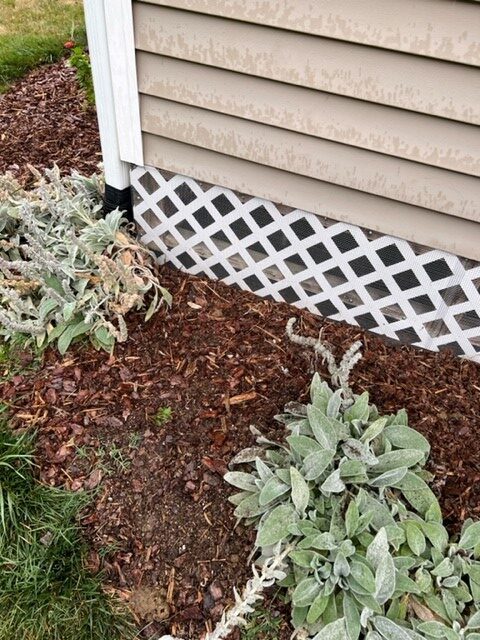
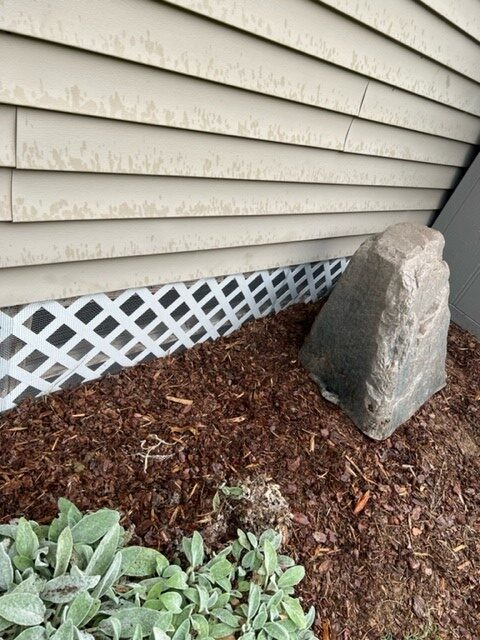
Installed hardware cloth to keep Norway rats out from under porch in Cary, NC.
Squirrel Removal in Raleigh, NC
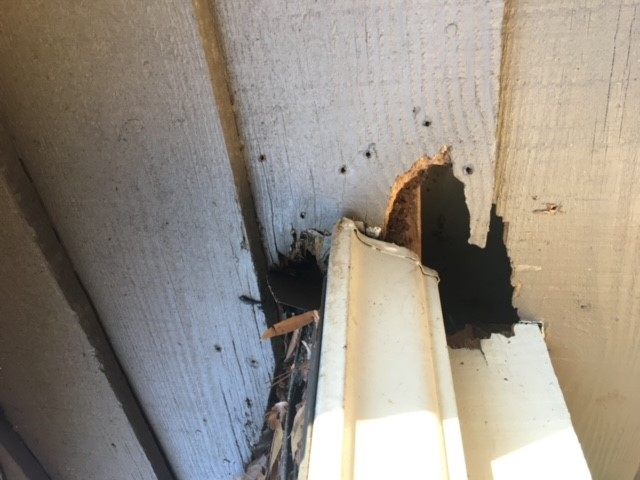
Squirrel hole damage.
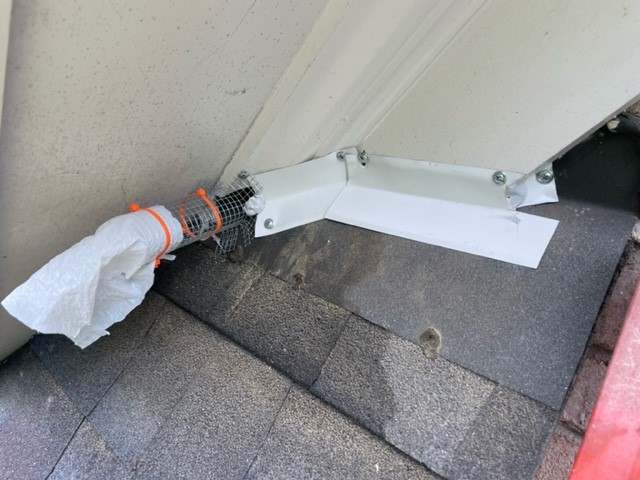
One way excluder valve to get rid of squirrels.
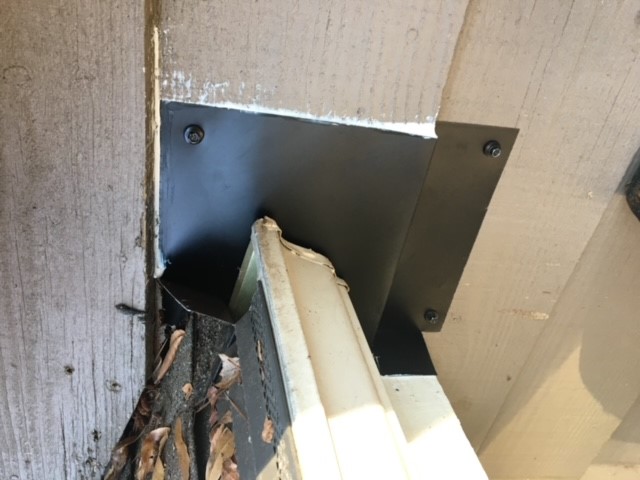
Exclusion and repair of squirrel entry point.